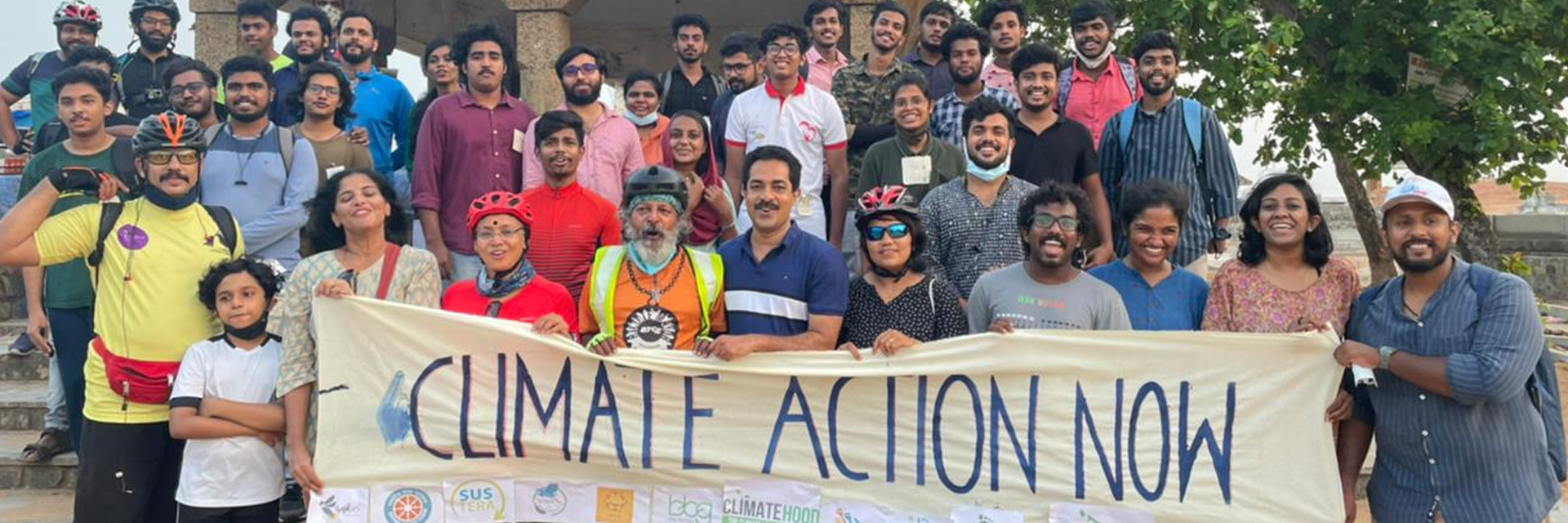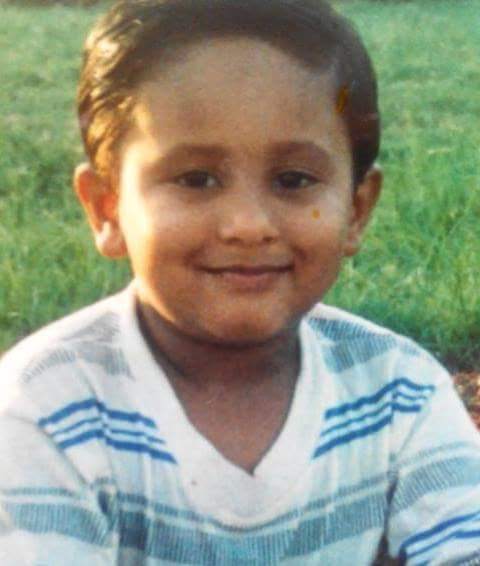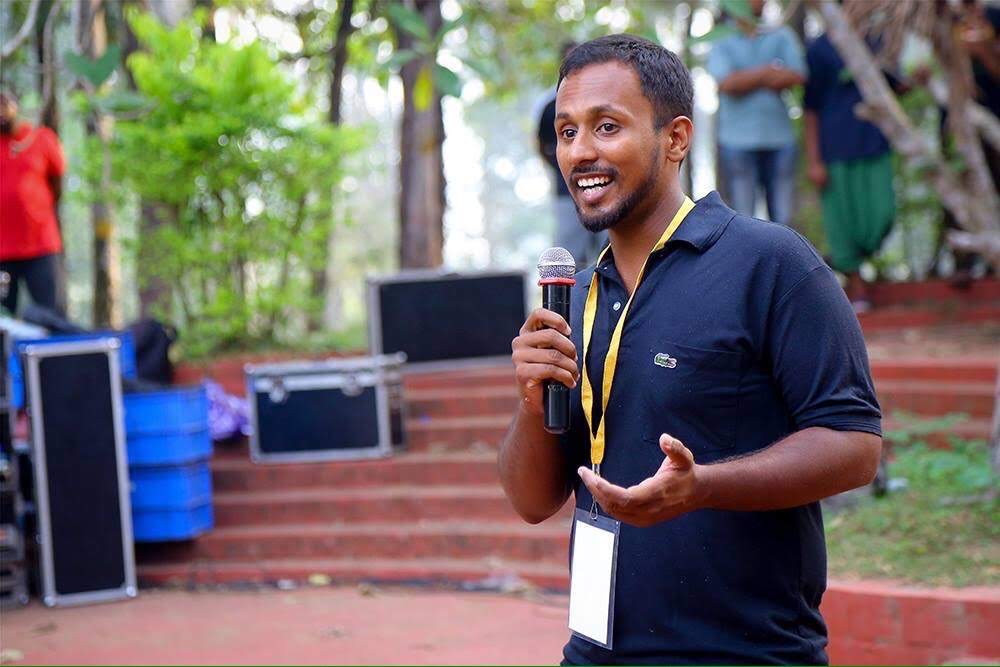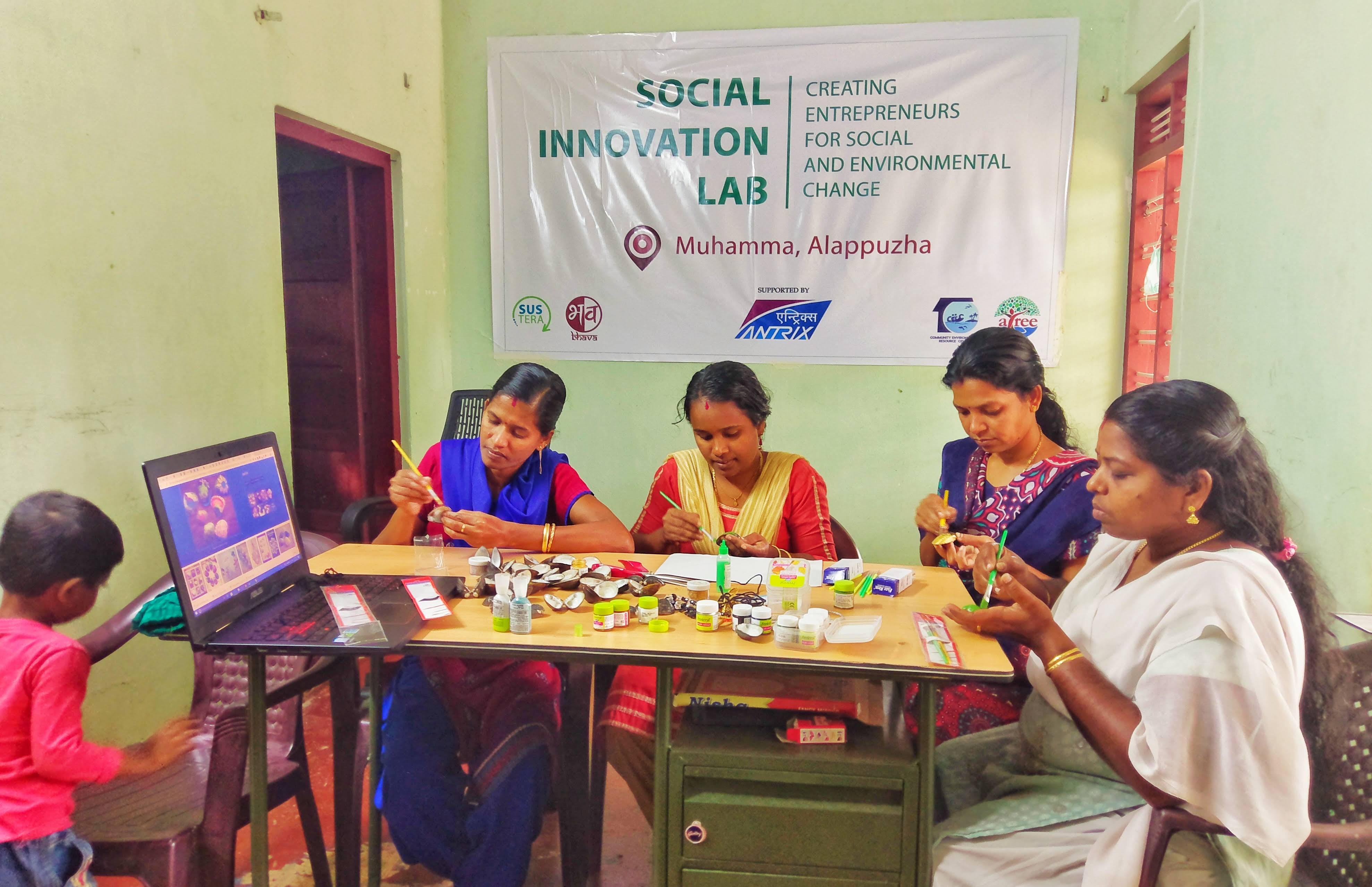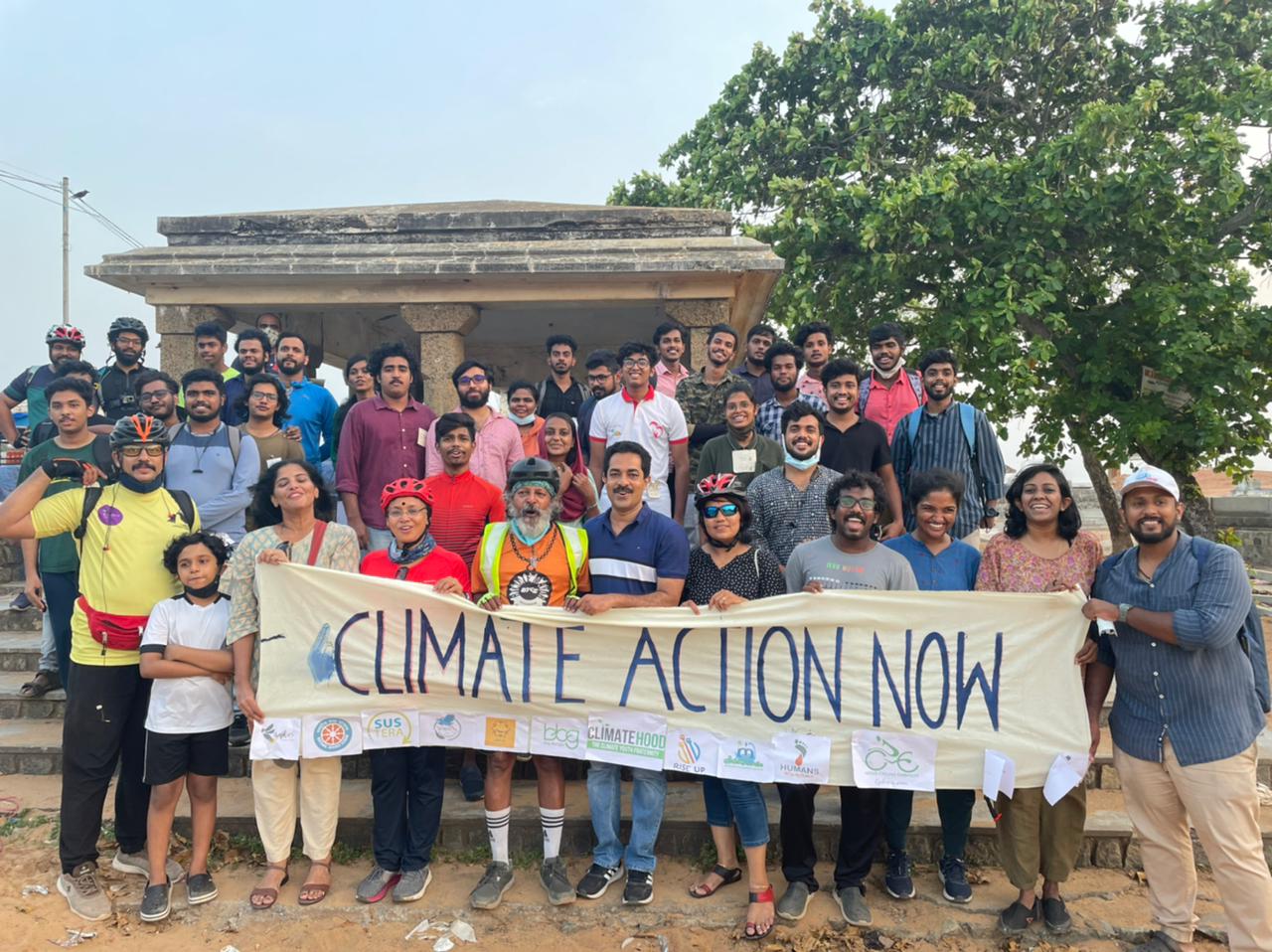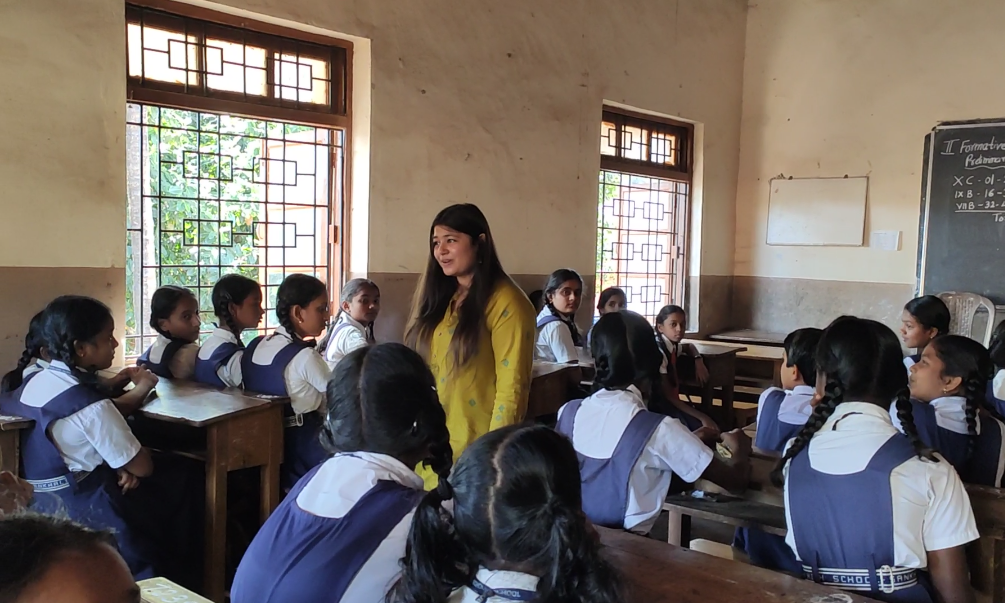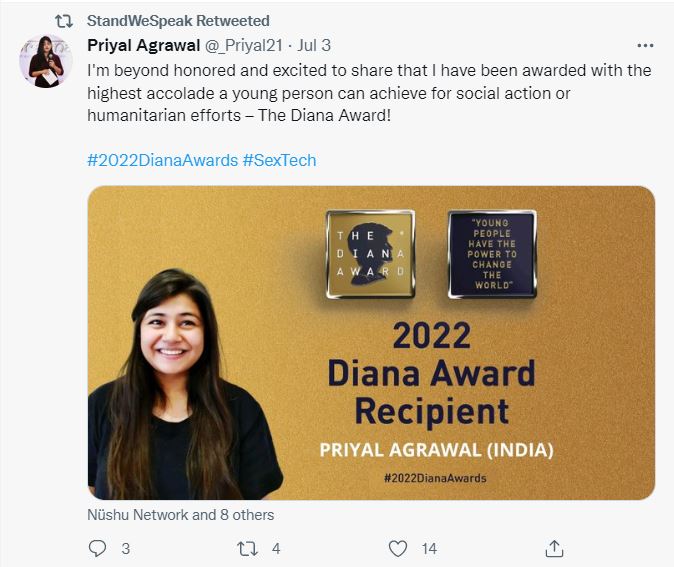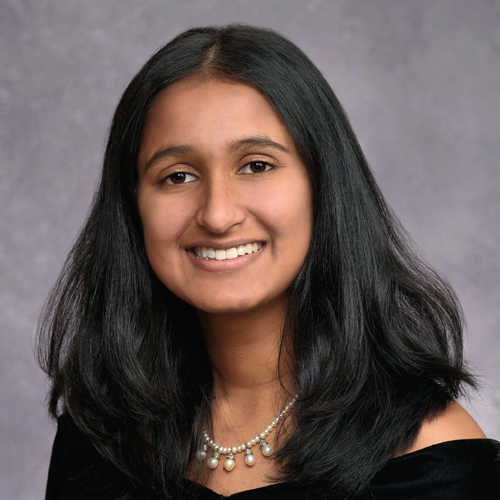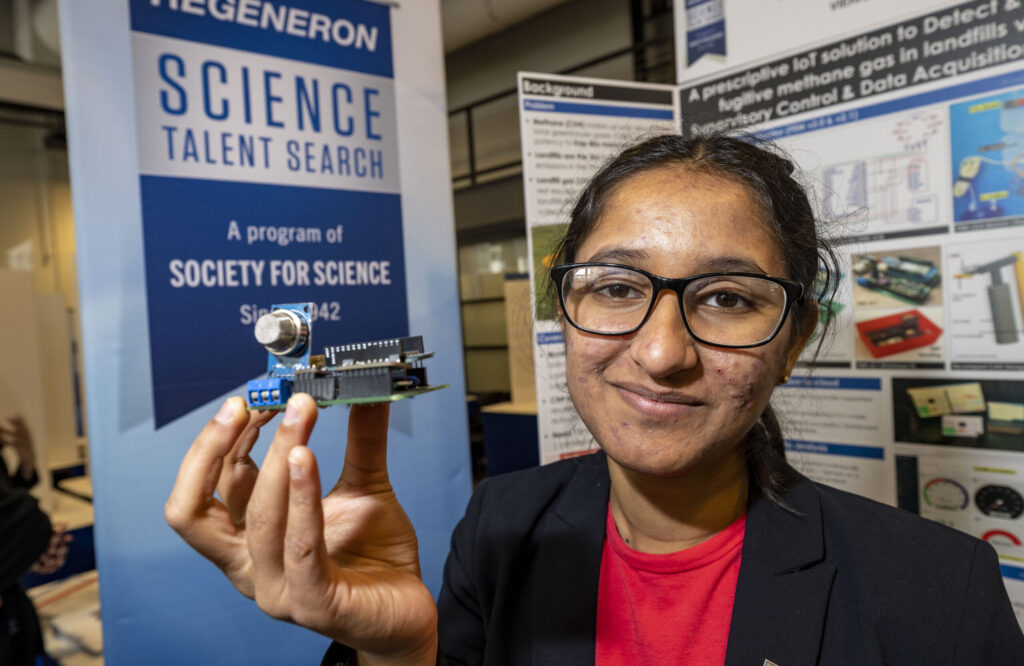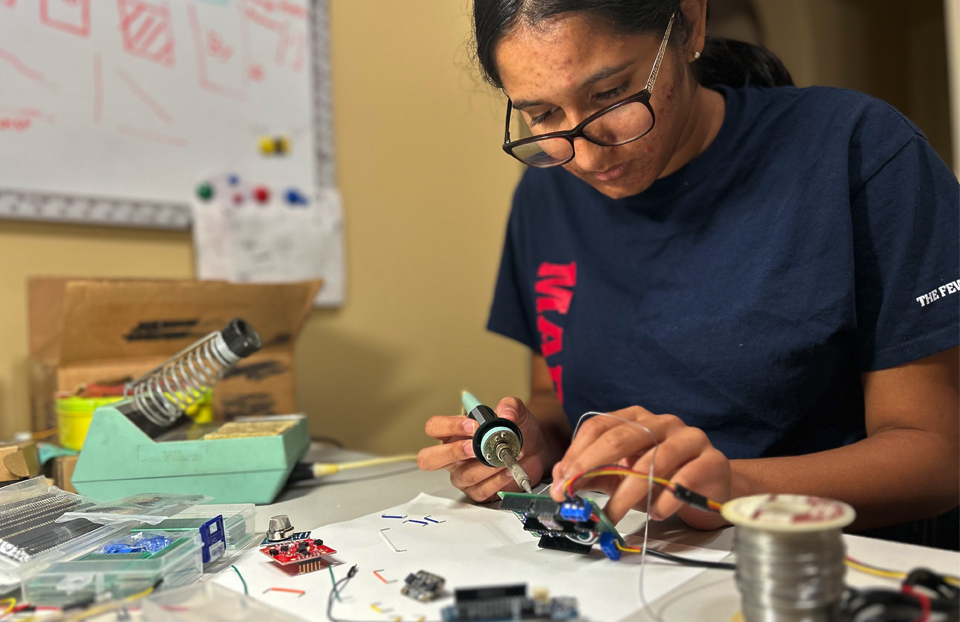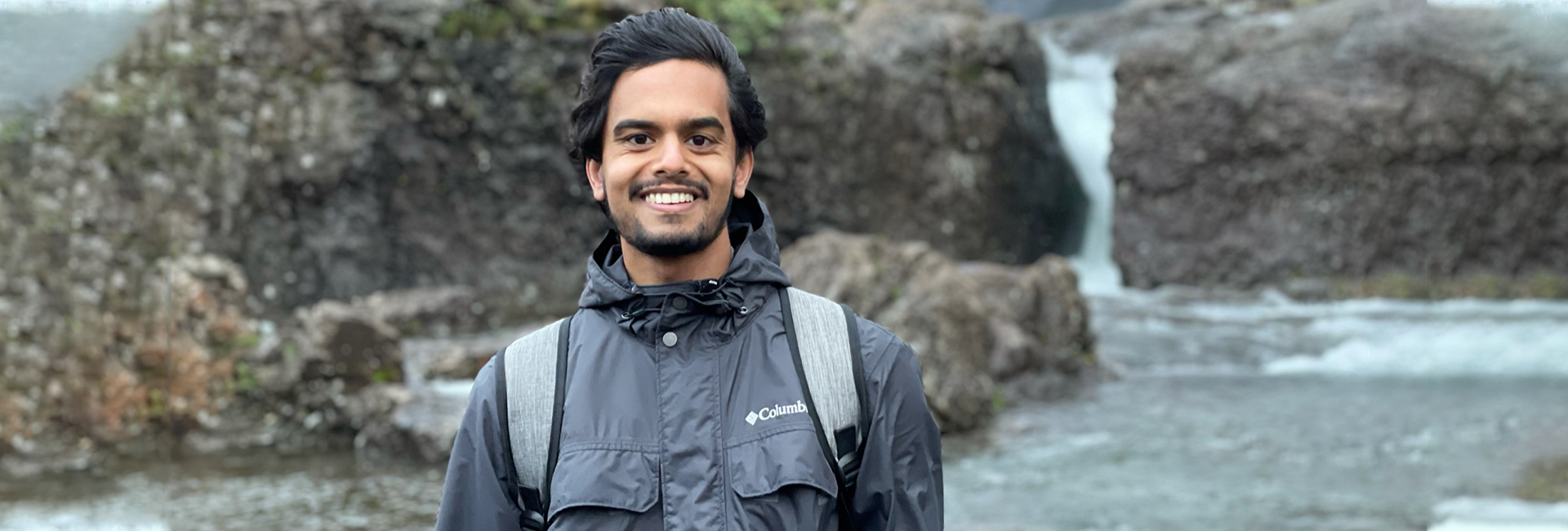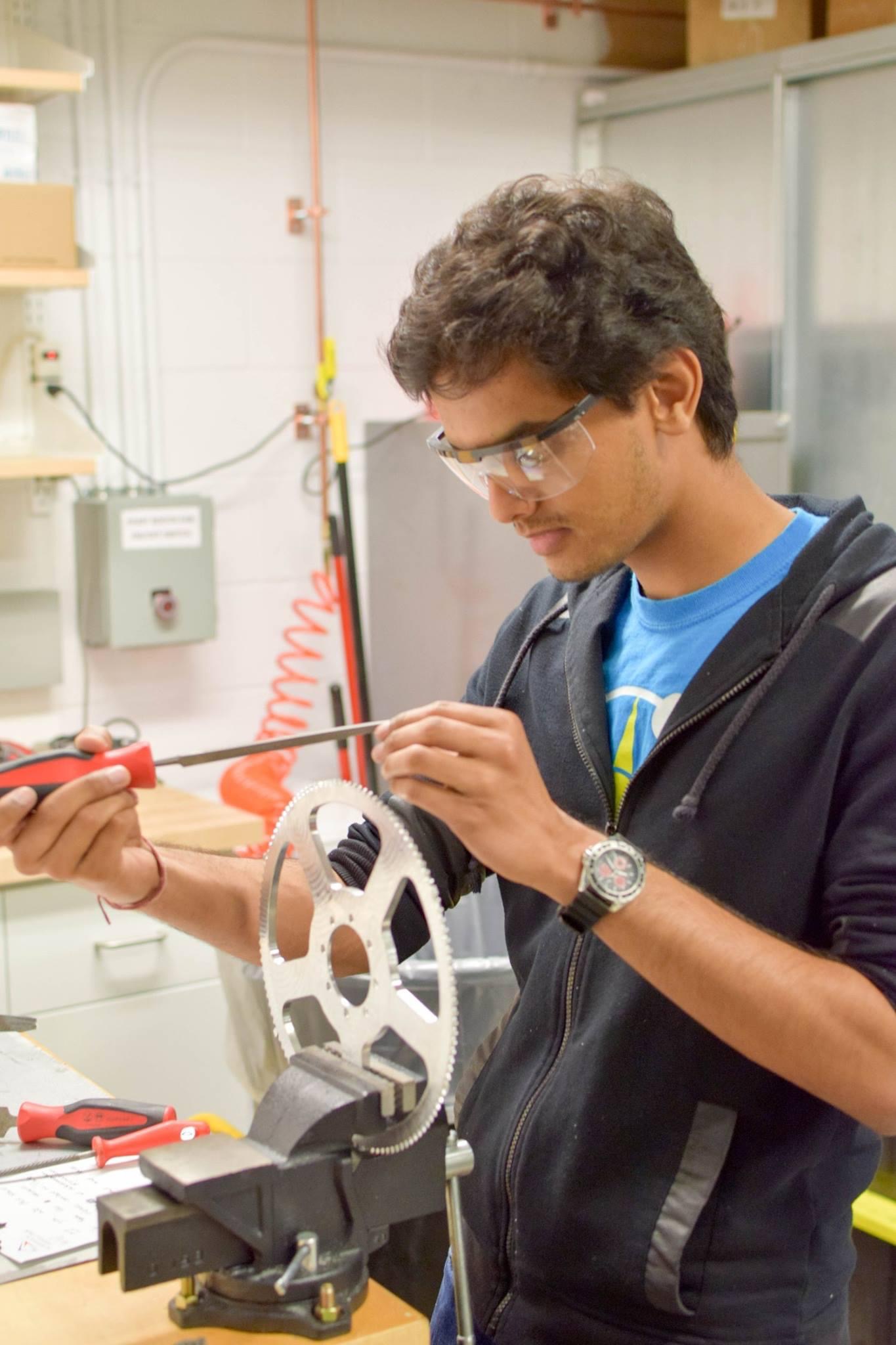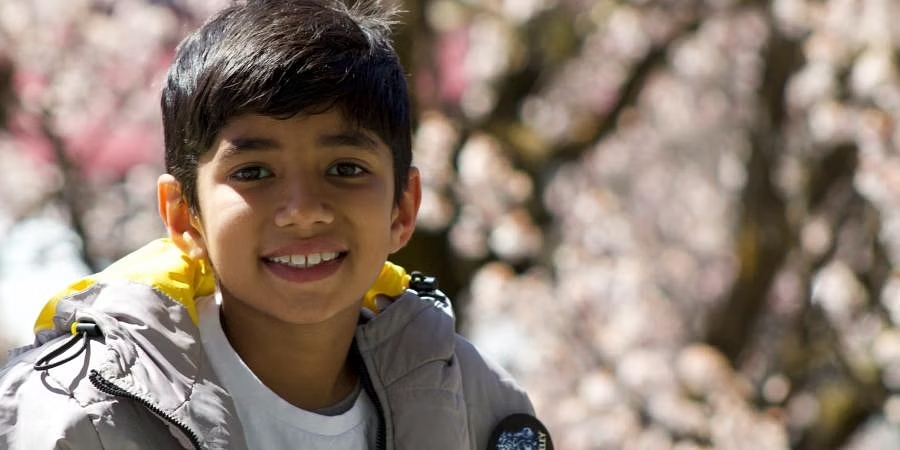(July 28, 2024) She’s a millionaire running her own fashion brand, is called the Kylie Jenner of South Africa and has even been cancelled by actor Halle Berry on Jimmy Kimmel Live! All this by the age of 23. Rabia Ghoor began her own ‘swiitchbeauty’ cosmetics brand when she was 14 years old. Less than a decade later, her community-centric, tech-enabled cosmetics company has grown to become one of South Africa’s largest skincare brands. ‘for lazy people, by even lazier people, since 2014’, she writes, on the swiitchbeauty website – her products reflect this, they’re meant for young people with hectic schedules, who are looking for a fuss-free, easy to use line of cosmetics, that fit somewhere between high-end products and pharmacy brands.
View this post on Instagram
The entrepreneurship mindset
If entrepreneurship is a mindset, then this intrepid young Global Indian embodies the idea. Growing up in Pretoria, the capital city of South Africa, Rabia’s entrepreneurial forays began much before swiitchbeauty – she was finding ways to turn a profit by the time she was 10 years old. “I would go with my father to this bulk buy place and get stickers. Those were very cool at the time, so I would take my table outside and sell the stickers I bought,” she said. When her classmates decided “they were too lazy to walk to the dustbin to throw their trash,” Rabia bought a bunch of small buckets, which she sold to them. They could fill the buckets with trash and empty them in the bin later, saving them multiple trips up and down.
As she and her friends began experimenting with makeup for the first time, Rabia discovered the joys of YouTube. She sought out beauty influencers who shared makeup tutorials and product reviews to get tips. Rabia realised that most of these influencers lived abroad, and that there weren’t many people in South Africa doing it. Also, the influencers had access to a much wider range of products. “American, European or Asian brands that are unavailable here in South Africa were constantly innovating and evolving – especially in the digital space – while South African brands lagged behind, or just straight up didn’t exist,” she writes. Her friends would pull out expensive little vanity cases and show off the branded make up they had brought abroad, which were simply impossible to find in South Africa.
Unlike most teenagers, who might have thought about the problem and moved on, Rabia wondered why she couldn’t be the one to fill that gap. The project took shape from a “4 square meter area” in her bedroom. While selling stickers and buckets in the school playground is one thing, building a company was a whole other ballgame, as Rabia soon learned.
Making the ‘swiitch’
Rabia also took inspiration from her father, an intrepid businessman himself, who had dropped out of high school too, and seen a string of successes and failures as an entrepreneur. He even gave her a seed fund of R6000 and gave her resources for product sourcing, formulation, e-commerce, packaging, manufacturing and design. to create a beauty brand that was easy on the pocket and which made products that were actually suited to daily use. “Things that did what they said they were going to do,” is how Rabia puts it.
Rabia had no high school diploma, let alone an MBA. She functioned from instinct, learning as much as she could from the internet – it meant learning from scratch, how are products made, packaged, distributed and sold? How is a brand created? She knew that her company would cater to the gap in the South African market, and provide goods and services that were world class but easy on the pocket at the same time. “I began by asking myself why I liked a particular product, and it usually came down to specific ingredients and manufacturing techniques,” she said. “Doing research on these ingredients and techniques was very beneficial.”
View this post on Instagram
Building her brand
In 2015, she made her first sale. “I didn’t sleep at all during that first year,” she has said, many times over. “I would be up till 3 am packaging orders, then wake up at 6 am to get to school. I was exhausted.” Her exhaustion soon began to show and one morning, when she walked downstairs, her mother simply said, “Rabia, you’re not going to school today, are you?” Rabia said no. “You’re not going back ever, are you,” her mum continued. And Rabia said no, again. That’s how she quit high school at the age of 15, in 2016, to build a business as her classmates planned outfits for the end-of-year dance. “I just never went back,” she laughs, as she recalls. Her parents had seen her running the business for over a year by that time, and had full faith in her. “My parents had seen what I could do with putting only half my attention into it,” she says.
The realisation that she was in an unpleasant rut motivated her to get going. Her parents had just let her be to find her own way, which Rabia is grateful for always. She had to return to her bottom line, and why she had started swiitchbeauty in the first place. She listened to motivational podcasts and focussed on structuring her days and growing her business. Fortunately, order was restored quickly and Rabia hired four people to her staff.
What began an idea, with an Instagram page and two products, now has a long range of cosmetics and over 100k followers on Instagram. “I wanted a tech-enabled, affordable-priced and transparent beauty brand,” she said. It was to be a homegrown product that her fellow South Africans, irrespective of race and gender, would be proud to use everyday. That’s not the brand’s only USP, though. swiitchbeauty stands apart from its competitors because Rabia and her team are constantly engaging with and interacting with her customers on Instagram. They get feedback and new ideas straight from her followers, along with educational tutorials made by real people who actually used swiitchbeauty products everyday. That’s why she stresses on being a “tech-enabled” brand, dealing with a tech-savvy young market. “Social media has been a gift to our generation of businesses,” she says. They tap into local social media influencers as well, which helped amplify the brand’s customer base.
View this post on Instagram
“I am focussing on dominating the market of South African beauty enthusiasts before branching out into the more competitive international field,” she says. “I also feel that for now the rest of the world is well-taken care of in terms of make-up.” Her ‘vocal for local’ approach has helped her grow the company tremendously, into one of the country’s biggest beauty brands. The “money has been great too,” she said in an interview, “but at present turnover is not my core focus. My main purpose is to provide my customers with the best product at the best price and build a sustainable business that will bear fruit in the future.”
Follow swiitchbeauty on Instagram.


